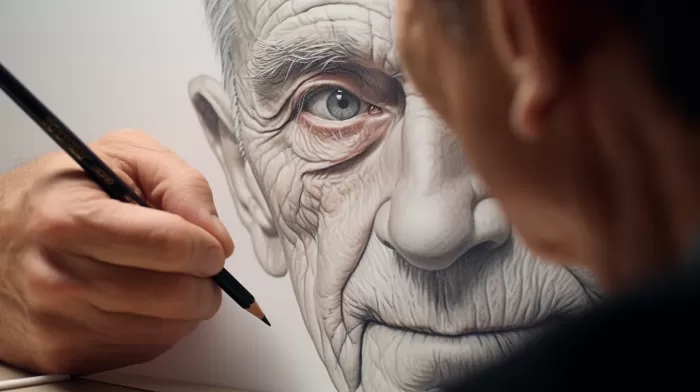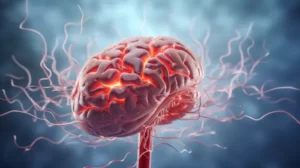As we age, our memory capacity can change, often resulting in forgetfulness and difficulty recalling information. However, recent findings have shown that specific techniques can help to improve memory recall in both older and younger adults. In this article, we will explore two simple methods that have been shown to have a positive impact on memory recall.
Drawing to boost memory
One method that can help to improve memory is drawing. A study by cognitive neuroscience researchers at the University of Waterloo in Canada has shown that drawing can actually help to boost memory recall. The brain regions responsible for sensory processing of visual information appear to be relatively unaffected by the aging process. Drawing can take advantage of these preserved regions, increasing the likelihood of recalling the information.
In the study, participants were asked to write down 15 words and draw pictures or “doodles” of 15 other words. After completing an unrelated task, they were given two minutes to recall as many of the 15 words as they could. Both young and older adults remembered more of the words they had drawn compared to those they had written.
While further research is required, these preliminary results suggest that drawing and other visual approaches could have significant merit for adults with cognitive decline or dementia, helping them maintain their memories.
The method of loci
Another technique that has been shown to improve memory recall is the “method of loci.” Loci is the Latin word for location, and this method involves picturing yourself on a familiar route, such as your drive home from work, and placing each item you want to remember at various spots along that route.
A study conducted by scientists at Stanford University and Radboud University in The Netherlands found that using the method of loci resulted in remarkable improvements in memory recall. Participants, including “memory athletes” and ordinary people, were asked to memorize a list of 72 words. After six weeks of training, the group that received method of loci training could recall almost as many words as the memory athletes. Furthermore, brain scans revealed that participants’ connectivity patterns had changed, resembling those of the memory athletes. This suggests that using the method of loci strategy can lead to physical changes in the brain, contributing to improved memory recall.
In conclusion
Both drawing and the method of loci have been shown to improve memory recall in individuals of various ages. By incorporating these techniques into daily life, those who struggle with remembering information may find their memory capacity improves. It is important to remember that, while these methods can be helpful, further research is needed to fully understand their implications, particularly for individuals with cognitive decline or dementia.



